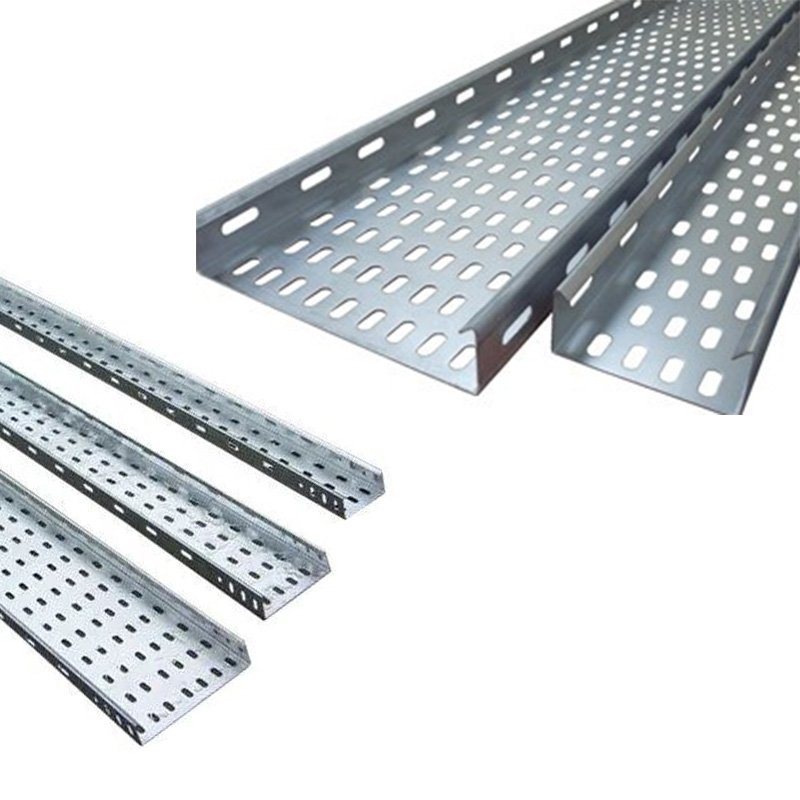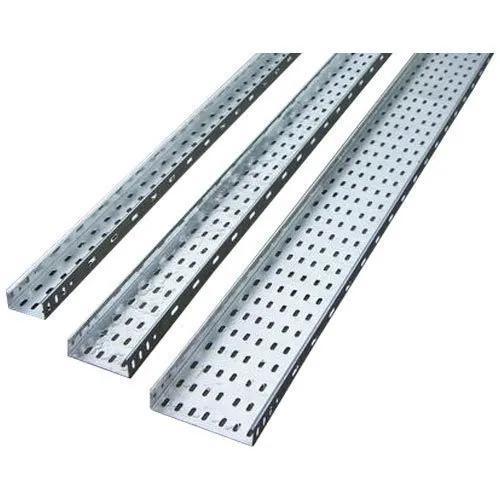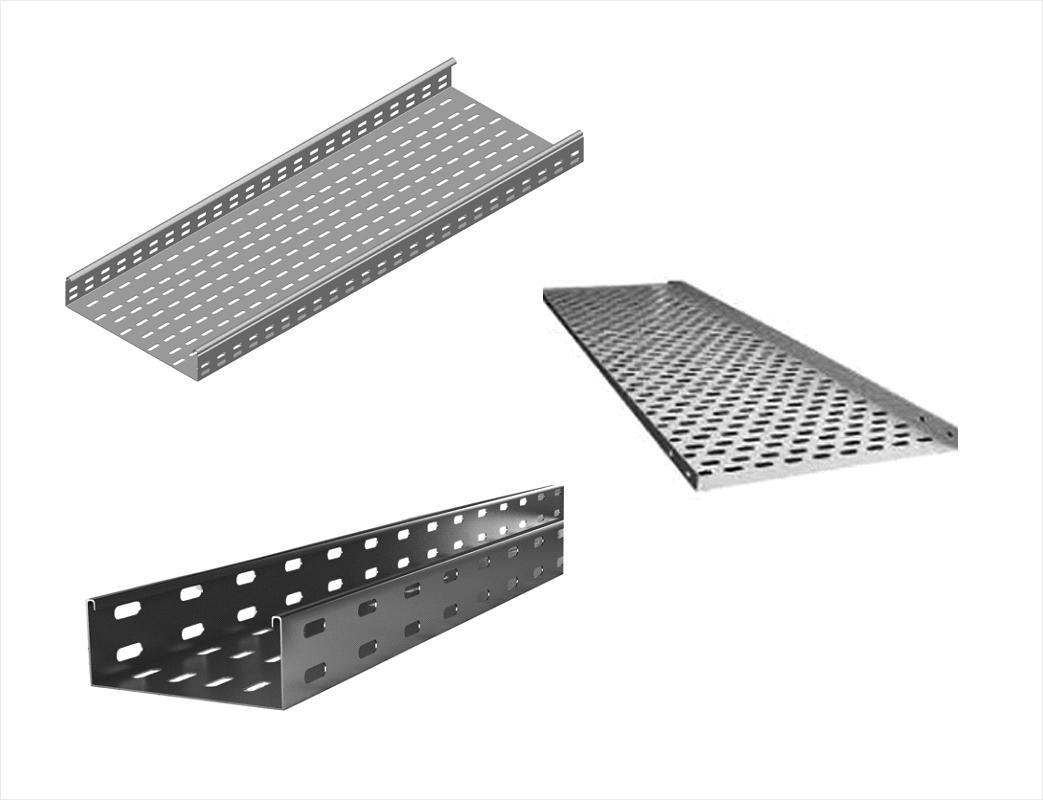Electrical safety is an indispensable aspect of any infrastructure or facility that relies on electrical systems. Proper cable management plays a pivotal role in mitigating electrical hazards, ensuring smooth operation, and safeguarding personnel and equipment. Among various cable tray materials available, stainless steel has emerged as a frontrunner due to its exceptional durability, corrosion resistance, and electrical conductivity properties. This extensive article delves deep into the significance of stainless steel cable trays in reducing electrical hazards and enhancing overall safety across diverse applications, industries, and environments.
Understanding the Fundamentals of Cable Management:
Effective cable management is crucial for maintaining electrical safety and preventing accidents. Cable trays serve as organized, protected, and accessible pathways for cables, minimizing the risk of damage, overheating, short circuits, and ground faults. By providing proper support and separation, cable trays also help maintain adequate clearance and spacing between cables, further reducing the likelihood of electrical hazards.
The Unmatched Advantages of Stainless Steel Cable Trays:
Stainless steel cable trays offer several advantages over alternative materials like galvanized steel, aluminum, or fiber-reinforced plastic (FRP).

Exceptional Corrosion Resistance: Stainless steel’s inherent corrosion-resistant properties make it ideal for use in harsh environments with exposure to moisture, chemicals, or extreme temperatures. This resistance minimizes the risk of damage to cables and electrical components, thereby reducing the likelihood of electrical failures and associated hazards.
Enhanced Fire Safety: Stainless steel’s high melting point and excellent fire-resistant properties contribute to improved fire safety. In the event of a fire, stainless steel cable trays can help contain the spread of flames and prevent the ignition of nearby flammable materials. Additionally, fire-rated coatings or intumescent materials can be applied to further enhance their fire-resistant capabilities.
Superior Mechanical Strength: Stainless steel cable trays possess exceptional mechanical strength, enabling them to withstand heavy loads and resist deformation under stress. This robustness ensures that cables remain securely supported within the tray, preventing sagging, damage, or electrical accidents due to improper cable support.
Optimal Heat Dissipation: Stainless steel’s good thermal conductivity facilitates efficient heat dissipation from electrical cables. This characteristic helps prevent overheating, a common cause of electrical failures and fires. By maintaining optimal operating temperatures, stainless steel cable trays contribute to the longevity of cables and electrical components while reducing the risk of electrical hazards.
Customizable Designs and Configurations:
Stainless steel cable trays can be tailored to meet the unique requirements of specific applications, ensuring optimal cable organization and support. Various configurations are available, including ladder-type trays, solid bottom trays, and wire mesh trays, each offering different levels of support, ventilation, and accessibility depending on the cable type, load, and environmental conditions.
Advanced Integration and Accessories:
To further enhance the safety and functionality of stainless steel cable trays, a wide range of accessories and integration options are available:
Protective Covers and Enclosures: These accessories can be used to shield cables from environmental hazards, unauthorized access, or potential damage. They are particularly useful in outdoor or industrial settings where cables may be exposed to harsh conditions.
Firestops and Penetration Seals: When cable trays pass through walls, floors, or ceilings, firestops and penetration seals should be installed to prevent the spread of flames and smoke in the event of a fire. These components help maintain fire compartmentation and protect life safety.
Grounding and Bonding Accessories: Proper grounding and bonding techniques are essential for electrical safety. A variety of accessories, such as clamps, jumpers, and connectors, are available to ensure reliable and secure connections within the cable tray system.

Installation Best Practices:
Adhering to best practices during installation is crucial to maximizing the safety benefits of stainless steel cable trays:
Comprehensive Planning and Preparation: Carefully plan the cable tray layout, taking into account cable routes, load capacities, clearance and spacing requirements, and any potential obstructions or constraints. Ensure that all necessary tools, materials, and equipment are available before beginning the installation process.
Compliance with Codes and Standards: Follow applicable electrical codes and standards, such as the National Electrical Code (NEC) and International Electrotechnical Commission (IEC), when designing and installing stainless steel cable trays. Compliance with these regulations helps ensure that cable tray systems are safe, reliable, and up to industry standards.
Safe Handling and Installation Techniques: Use appropriate lifting and rigging equipment when installing stainless steel cable trays to minimize the risk of injury or damage. Ensure that trays are properly supported during installation and that all connections are secure and electrically bonded.
Maintenance and Inspection:
Regular maintenance and inspection of stainless steel cable trays are essential for maintaining electrical safety and prolonging the lifespan of the system:
Scheduled Inspections: Conduct periodic inspections of cable trays to identify signs of wear, damage, or corrosion. Pay particular attention to cable supports, connections, and grounding and bonding components.
Cleaning and Lubrication: Regular cleaning and lubrication of cable tray components can help prevent corrosion and ensure smooth operation. Remove any accumulated dust, debris, or contaminants, and apply appropriate lubricants to moving parts as needed.
Repair and Replacement: Promptly address any issues identified during inspections, such as damaged cables, loose connections, or corroded components. Replace worn or faulty components as necessary to maintain the integrity of the cable tray system.
Industry-Specific Considerations:
The importance of stainless steel cable trays in reducing electrical hazards varies across different industries and applications:
Industrial and Manufacturing Settings: In these environments, stainless steel cable trays provide robust support and protection for cables in areas with heavy machinery, harsh chemicals, or extreme temperatures. Their corrosion-resistant properties make them ideal for long-term use in demanding industrial settings.
Commercial and Institutional Buildings: Stainless steel cable trays offer a sleek and modern appearance that blends well with various architectural styles. Their low maintenance requirements and durability make them a cost-effective and sustainable choice for managing electrical cables in commercial and institutional buildings.
Outdoor Applications: Stainless steel cable trays are well-suited for outdoor installations due to their resistance to weathering, UV radiation, and corrosion. They provide reliable cable support and protection in challenging outdoor environments, such as power substations, telecommunications towers, or solar energy facilities.
Future Trends and Technological Advances:
As technology and industry standards continue to evolve, stainless steel cable trays remain at the forefront of effective cable management and electrical hazard mitigation:
Smart Cable Management Systems: The integration of IoT (Internet of Things) devices and sensors into cable tray systems can enable real-time monitoring of cable temperature, humidity, and other parameters, allowing for early detection of potential electrical hazards.
Sustainable Materials and Manufacturing Processes: Advances in stainless steel production and recycling technologies can further reduce the environmental impact of stainless steel cable trays, making them an even more sustainable choice for cable management.
Innovative Designs and Configurations: Continued research and development in cable tray design may lead to new configurations and features that enhance electrical safety, ease of installation, and adaptability to changing needs.
Case Studies and Real-World Applications:
Illustrative examples of successful implementations of stainless steel cable trays in various sectors can provide valuable insights into their effectiveness in reducing electrical hazards:
Oil and Gas Industry: Stainless steel cable trays have been instrumental in safeguarding electrical systems in offshore platforms and onshore refineries, where they face exposure to harsh environmental conditions and potential chemical corrosion.
Data Centers: In data centers, stainless steel cable trays play a critical role in managing the complex network of cables and ensuring the continuous operation of mission-critical systems. Their superior heat dissipation properties help prevent overheating and maintain optimal performance.
Healthcare Facilities: Stainless steel cable trays are widely used in hospitals and medical centers due to their hygienic properties, ease of cleaning, and ability to withstand frequent sterilization processes.

Cost-Benefit Analysis and Return on Investment:
Investing in stainless steel cable trays can yield significant long-term benefits in terms of electrical safety, reduced maintenance costs, and increased system reliability. Factors to consider when evaluating the cost-effectiveness of stainless steel cable trays include:
Initial Investment: While stainless steel cable trays may have a higher upfront cost compared to alternative materials, their durability, longevity, and low maintenance requirements often result in a lower total cost of ownership over time.
Reduced Maintenance and Replacement Costs: Due to their corrosion-resistant properties and robust construction, stainless steel cable trays require minimal maintenance and have a longer lifespan than other materials, leading to lower repair and replacement expenses.
Improved Safety and Compliance: Investing in stainless steel cable trays can help facilities avoid costly downtime, equipment damage, and potential legal liabilities resulting from electrical accidents or non-compliance with safety regulations.
Stainless steel cable trays are a key component in reducing electrical hazards and promoting overall safety across various applications, industries, and environments. Their exceptional durability, corrosion resistance, fire safety, mechanical strength, and customizable design make them an ideal choice for managing electrical cables effectively. By adhering to best practices in installation, maintenance, and inspection, facilities can maximize the safety benefits of stainless steel cable trays and ensure the reliable and efficient operation of electrical systems. As technology and industry standards continue to advance, stainless steel cable trays remain a vital element in fostering a safer and more sustainable future for electrical infrastructure.

